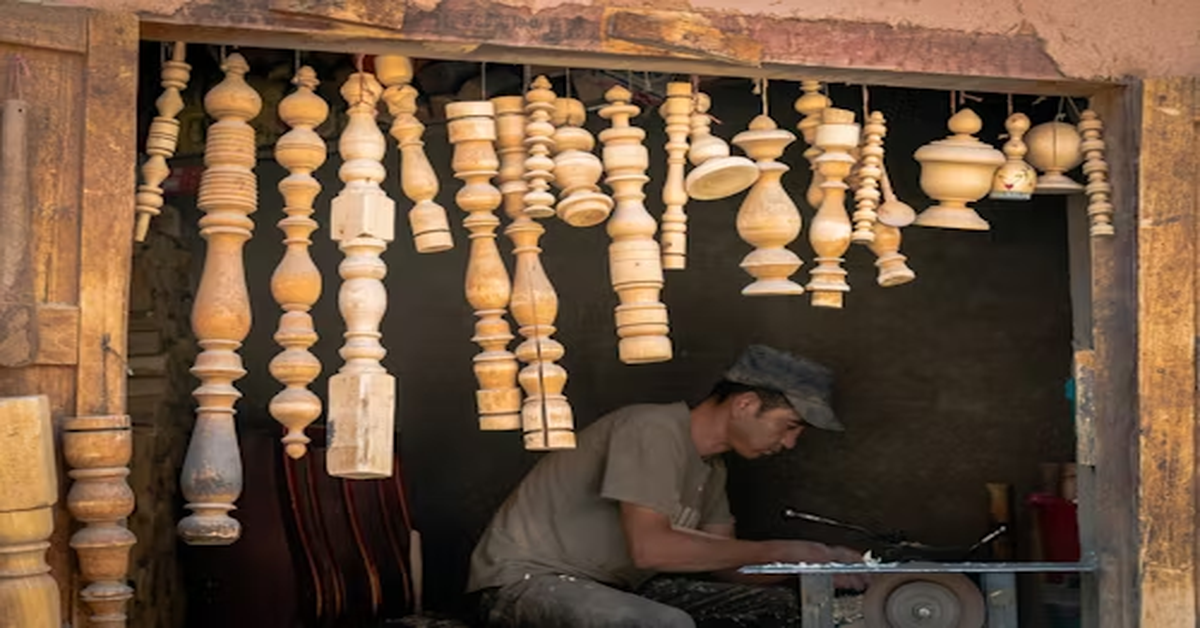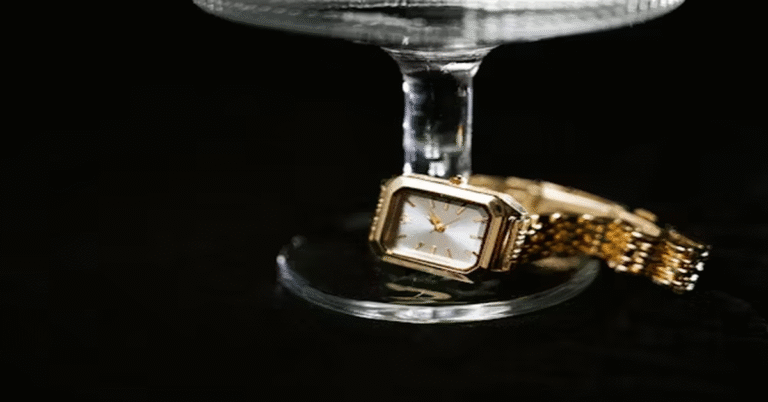
The term Gessolini is one that has sparked curiosity across various fields including history, art, materials science, and culture. While it may sound obscure to the uninitiated, it represents a fascinating subject that blends craftsmanship, tradition, and practical use. Refers to a type of material and cultural artifact that has long-standing historical roots, practical applications, and symbolic value. Its identity may vary slightly depending on the context in which it is used—ranging from architecture and decorative arts to historical references—but the essence remains consistent: Gessolini embodies resilience, cultural preservation, and practical craftsmanship.
In this article, we will dive deep into the origins, properties, cultural impact, and ongoing relevance of Gessolini. The discussion will be segmented into thematic sections with clear headings and subheadings, ensuring that readers receive a complete and detailed understanding.
Historical Background of Gessolini
Origins and Early Use
The story begins in regions of Europe where natural materials were commonly utilized for artistic and structural purposes. Historically was developed as a material derived from gypsum or plaster-like substances, often used in fresco painting, ornamental design, and as a construction aid. Craftsmen in Italy and surrounding Mediterranean regions utilized for its flexibility and durability.
The etymology itself links closely to Italian craftsmanship traditions. “Gesso,” for example, is Italian for gypsum or plaster, which forms the base material. Over time, the word Gessolini evolved to describe refined versions of plaster materials that were molded, polished, or painted for decorative purposes.
Gessolini in the Renaissance
During the Renaissance, the use became widespread in art and architecture. Churches, palaces, and public squares showcased Gessolini-based moldings, reliefs, and stucco decorations. These provided not only aesthetic beauty but also a durable alternative to expensive stone carvings. Many frescoes and wall paintings created during this period were laid on surfaces prepared with a mixture to ensure longevity and visual clarity.
19th and 20th Century Development
The industrial revolution and modernization brought refined production methods, allowing to be mass-produced. This broadened its use beyond elite architecture and into common homes, where it was used in wall finishes, ceiling patterns, and even as a protective layer for structures.
Characteristics of Gessolini
Physical Properties
Exhibits several properties that make it versatile:
| Property | Description |
|---|---|
| Composition | Primarily gypsum-based with added minerals or binders for strength. |
| Texture | Smooth and fine-grained, can be polished to a marble-like finish. |
| Durability | Resistant to weather changes, moderately strong under indoor conditions. |
| Workability | Easily moldable, making it ideal for artistic and decorative designs. |
| Color | Naturally white but can be tinted with pigments for decorative purposes. |
Aesthetic Qualities
One of the most valued qualities of its ability to mimic marble and stone without the associated cost. It can be polished to a glossy sheen, giving a luxurious appearance. Additionally, it absorbs pigments well, making it a suitable base for painting and frescoes.
Applications of Gessolini
In Architecture
- Wall Surfaces and Ceilings: Been widely used to coat walls and ceilings, creating smooth and durable surfaces.
- Decorative Moldings: Intricate designs around doors, windows, and ceilings are often crafted using Gessolini.
- Columns and Pillars: To give the illusion of marble or granite, coated columns were employed extensively.
In Art
- Fresco Painting: Gessolini serves as the foundation for many historic frescoes, enabling colors to remain vibrant over centuries.
- Sculpture: Small-scale sculptures and decorative pieces are made with because it allows fine detailing.
- Restoration Work: Modern conservators use to restore old monuments, as it blends seamlessly with original materials.
Industrial and Modern Use
In the modern world, Gessolini has extended beyond traditional uses:
- Interior Design: Wall panels, ceiling tiles, and ornamental patterns in luxury interiors often employ.
- Theatrical Props: Lightweight and moldable, it is ideal for stage and film sets.
- Eco-Friendly Alternatives: Recent adaptations have focused on sustainable variations of using recycled gypsum.
Cultural Significance of Gessolini
Symbolism in European Culture
Gessolini represents refinement, tradition, and artistic excellence in European culture. Churches adorned with moldings often symbolize purity and devotion, while its use in homes reflects status and appreciation for art.
Role in Preservation
Because integral to restoration, it plays a role in cultural preservation. By maintaining historic buildings and artworks with authentic materials, societies retain their cultural heritage.
Influence Across Borders
Though primarily rooted in Mediterranean traditions, influence spread across Europe, the Middle East, and eventually to other continents. It became a universal material for expressing beauty and durability in construction and art.
Advantages and Limitations of Gessolini
Advantages
- Cost-Effective: Provides a marble-like finish at a fraction of the cost.
- Versatile: Can be molded into any shape, from simple panels to intricate carvings.
- Pigment-Friendly: Works as an excellent medium for painting and fresco art.
- Lightweight: Easier to handle and transport compared to stone.
Limitations
- Moisture Sensitivity: Can deteriorate if exposed to constant dampness.
- Moderate Strength: While durable indoors, it cannot bear heavy loads.
- Maintenance: Requires protective coatings in humid environments.
Gessolini in the Modern Era
Interior and Exterior Design Trends
Today, architects and interior designers are rediscovering the potential. From minimalist apartments to luxury hotels, it is being used to create textures, patterns, and finishes that elevate aesthetic appeal.
Eco-Friendly Innovations
Sustainability has influenced development. Manufacturers are experimenting with recycled gypsum and non-toxic binders, making more eco-friendly while retaining its artistic value.
Global Relevance
What began as a European craft now resonates worldwide. From European villas to modern skyscrapers, versatility ensures its relevance in contemporary design.
Comparative Analysis: Gessolini vs. Similar Materials
| Feature/Aspect | Gessolini | Plaster of Paris | Marble |
|---|---|---|---|
| Primary Use | Decorative and architectural | Quick-setting repairs | Luxury architecture |
| Durability | Moderate | Low | High |
| Cost | Moderate | Low | Very high |
| Appearance | Can mimic marble, smooth finish | Rough unless polished | Naturally luxurious |
| Workability | Easy to mold and pigment | Very easy, sets quickly | Hard, requires carving |
Future of Gessolini
As design evolves, Gessolini is expected to maintain its place in art and architecture. With increasing focus on eco-friendly construction, sustainable variants will dominate future markets. Additionally, its use in 3D printing and prefabricated architecture holds promise, enabling faster and more precise designs.
FAQs on Gessolini
1. What is Gessolini made of?
Gessolini is primarily gypsum-based, often mixed with minerals or binders to increase durability and workability.
2. Where was Gessolini first used?
It originated in Mediterranean Europe, especially Italy, during the early periods of artistic and architectural development.
3. How is Gessolini different from plaster of Paris?
While both are gypsum-based more refined, durable, and aesthetically suited for decorative and architectural use.
4. Can Gessolini be used outdoors?
Yes, but it requires protective coatings, as constant exposure to moisture can degrade it over time.
5. Why is Gessolini important for restoration work?
It closely matches historic materials, making it ideal for preserving the authenticity of old buildings and artworks.






